No products in the cart.
Beni Hime Dwarf Japanese Maple – 3 Gallon Pot
$179.97 Original price was: $179.97.$95.99Current price is: $95.99.
SKU: D2LSC 3474432012 Categories: JAPANESE MAPLE TREES, PLANTS & TREES
- The quality you expect, the service you deserve.
- Where quality meets convenience.
- Shop with Zero Worries
- Service with a smile, always online.

Beni Hime Japanese Maple
Acer palmatum ‘Beni Hime‘
Plant Details
USDA Plant Hardiness Zones: 6a-9b Find Your Zone
Height at Maturity: 2-3′ in 10 years; 3-4′ at maturity
Width at Maturity: 3-4′ in 10 years; 4-6′ at maturity
Growth Habit / Form: Rounded, Mound
Growth Rate: Slow; 1-2″ per year
Foliage Color in Spring: Pinkish Red to Rusty Red and Green shades
Foliage Color in Summer: Green with Red shades in top
Foliage Color in Fall: Intense Red and Purple
Light Needs: Full Sun, Morning Sun with Dappled or Afternoon Shade, All Day Filtered Sun, Morning Shade with Afternoon Sun
Water Needs: Average
Soil Type: Clay (amend heavy clay soils), Loam, Sandy, Silty
Drainage: Moist But Well Drained; does not like wet feet
Soil pH: 5.0 – 7.0 is ideal
Maintenance: Low
Resistances: Deer, Drought T9olerant (Moderate when established), Heat Tolerant, Insect Resistant, Sun Tolerant
Description
‘Beni Hime’ translates to “red dwarf” in Japanese, and it is one of the smallest growing Japanese Maples with red foliage. Adding only up to 2 inches in height per year forming a small bushy tree that might reach 3 to 4 feet tall and 4 to 6 feet wide at maturity, it certainly lives up to its name. Its diminutive size makes it a perfect fit for small garden spaces or in containers. Tiny penny to quarter size leaves emerge a soft pink to rusty red in spring. As the temperatures heat up in summer the leaves on lower branches turn to green shades while ever-present new leaves in bunches at the stem tips are in shades of red. The result is a rainbow of colors. With the arrival of cooler temperatures in fall all the leaves turn to intense red, orange and purple shades. Though difficult for us to propagate, which explains its rarity, Beni Hime is a tough, long lived and durable tree in the landscape or containers. We have one that’s over 15 years old in our landscape and it’s doing fine with little to no care and standing up to both the heat and sun.
Landscape & Garden Uses
To showcase its magnificence and beauty, the Beni Hime Japanese Maple is best used in design as an accent specimen to draw attention to a specific area of the home or garden. Where space allows it can be grouped. Also excellent and easy to grow in pots, planters and other containers.
Suggested Spacing: At least 6 feet for space between trees
Note: One Japanese Maple can make a landscape…that is, if you don’t overcrowd it with other trees and plants. Therefore, when choosing companions to plant under or around your Japanese Maple, make sure to select low-growing shrubs or groundcover plants that won’t interfere at all with your tree.
Growing Preferences
Though delicate looking, Japanese Maples are actually very tough and long-lived trees. They are very easy to grow.
In their natural habitat, Japanese Maples are understory trees, growing in dappled forest sunlight at the edges of woodlands. Ideally they prefer to be grown in similar conditions. That said, Beni Hime has shown very good tolerance for full sun or part shade.
Most any average garden soil will grow Japanese Maples. They prefer a moist but well-drained soil rich in organic matter. As with so many other ornamental plants and trees, constantly soggy or wet soil can be problematic. So make sure to plant your Japanese Maple in a well-drained site.
Helpful Articles
Click on a link below to find helpful advice from our experts on how to plant and care for Japanese Maple trees.
How To Plant A Japanese Maple Tree In The Ground
How to Plant A Japanese Maple Tree In A Pot
How To Fertilize And Water A Japanese Maple Tree
How To Prune A Japanese Maple
Plant Long & Prosper!
Meet The Wilson Brothers & Staff
Questions? Contact Us!
Be the first to review “Beni Hime Dwarf Japanese Maple – 3 Gallon Pot” Cancel reply
Related products
Sale!
Sale!
Sale!
Sale!
PLANTS & TREES
Sale!
Sale!
PLANTS & TREES
Sale!
Sale!
PLANTS & TREES


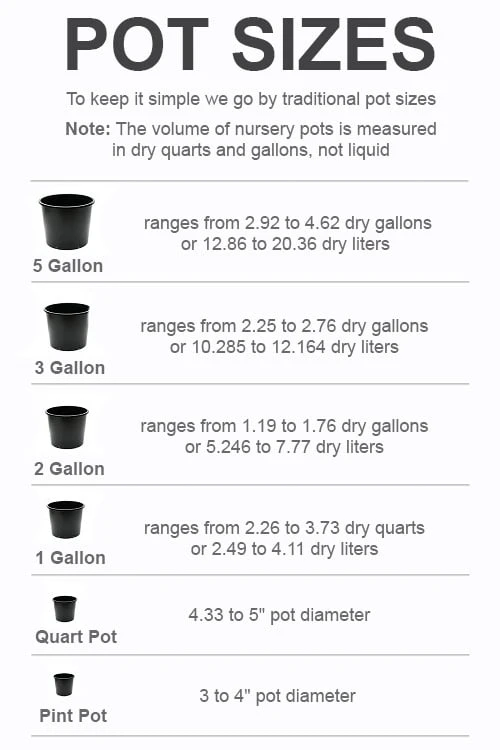
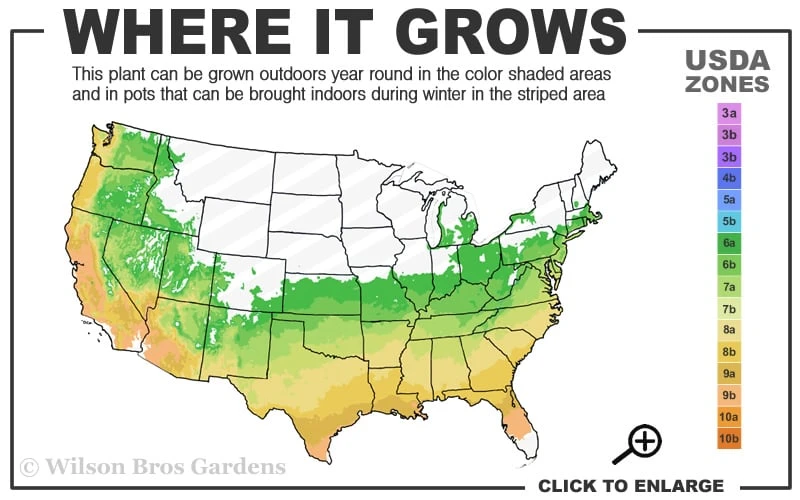
















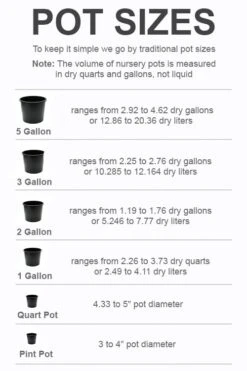
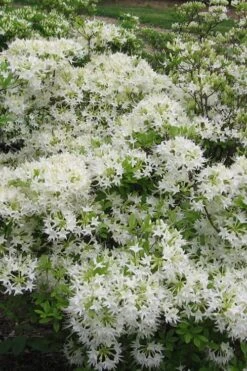
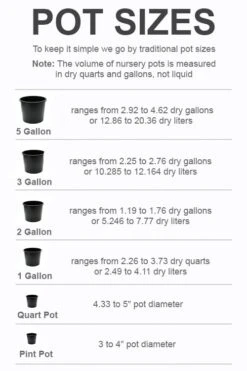
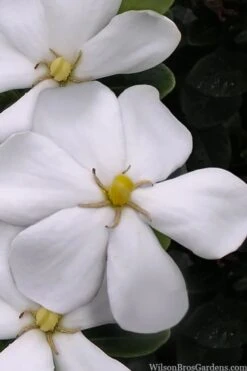

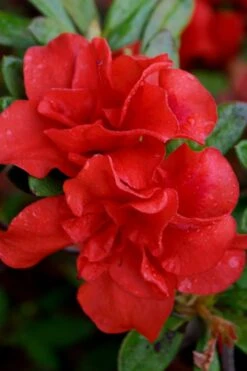



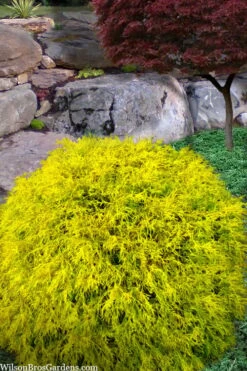
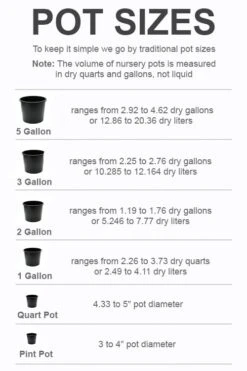
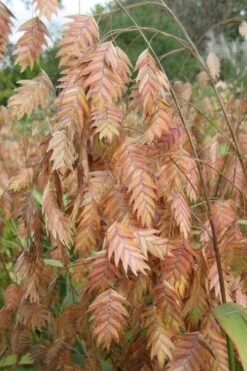



Reviews
There are no reviews yet.